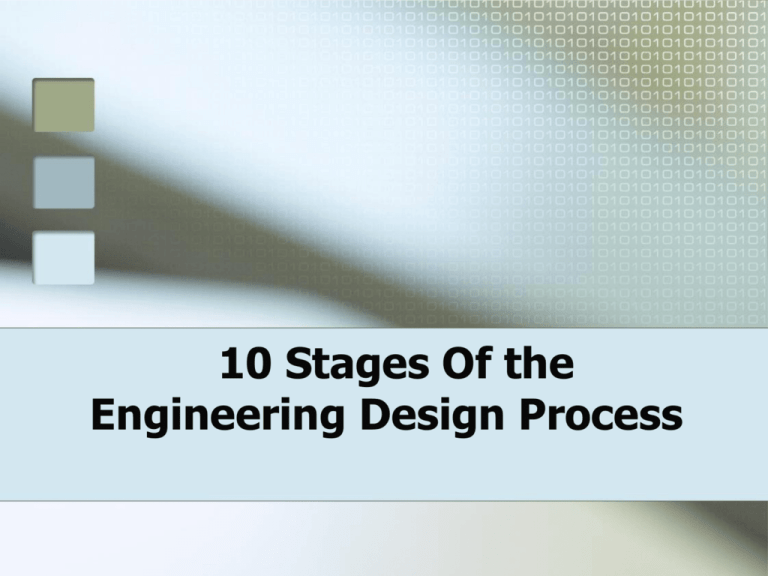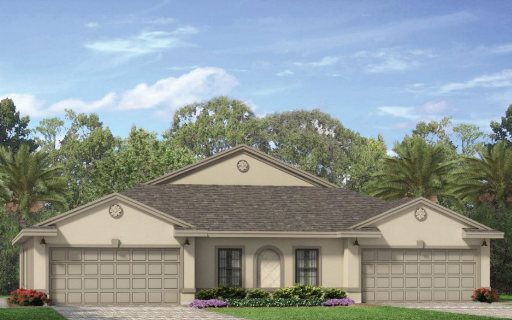Table Of Content
As you can see, a big part of engineering is the lead-up to actually experimenting. These first steps allow you to be a more effective and targeted engineer/researcher and ensure that what you’re developing is going to be both useful and novel. The forethought and brainstorming that you’ve spent time on here will also save you time later in the process. Now that you have a solid idea and plan, you can delve into the technical, using the most appropriate medium (potentially programming) to develop your prototype. Depending on your desired end project this prototype can be virtual (e.g., code), physical (e.g., lab work), or a mesh of the two (e.g., embedded systems, radars, etc.).
Consider Alternative Solutions
Architectural DesignArchitectural design is a concept that focuses on components or elements of a structure translating the non-physical design problem into the physical building product. Industrial DesignIndustrial design is the practice of designing products for mass production. Samantha Hayward is a Mechanical Engineering PhD researcher at the University of Bath, UK. She is passionate about promoting STEM careers to pupils from diverse backgrounds and has been involved in programs bringing engineering to schools.
Free Tools to Teach the Engineering Design Process
Design and construct a bridge for a local city that will have a high strength-to-weight ratio and resist collapse. Have students use their understanding of the engineering design process—and a lot of wooden craft sticks—to achieve their goals. Students explore how mass affects momentum in head-on collisions and experience the engineering design process as if they are engineers working on the next big safety feature for passenger cars.
Create The Solution
In small groups, students create circuits using items in their "survival kits" to create maximum voltage, measu... Students design, build and evaluate a spring-powered mouse trap racer. For evaluation, teams equip their racers with an intelligent brick from a LEGO© MINDSTORMS© EV3 Education Core Set and a HiTechnic© acceleration sensor. Students take on the challenge of assembling a light sensor circuit in order to observe its readings using the Arduino Serial Monitor. They also create their own unique visualization through software called Processing. They learn how to use calibration and smoothing along the way to capture a better...
Systematic Conceptual Design Strategies for the Recovery of Metals from e-waste
The problem definition provides a framework for designers to base their work on. Goals are set for subsequent steps in the engineering design cycle accordingly, and it is common to revisit the problem statement if issues arise. With a well-rounded understanding of the problem and research data in hand, the next step is to develop design specifications. These are detailed requirements that a solution must meet to be considered successful. TWI can help you with a range of engineering activities, including product and process development, technology acquisition, manufacturing and production, design, prototyping and other technical support. Having listed potential solutions and determined the needs of the project alongside your research, the next step is to establish any factors that may constrain your work.
Common stages of the engineering design process
When something doesn't work as expected during testing, engineers iterate to find new or better approaches. Rather than looking at problems as failures, engineers use problems as touchstones for iteration. Overarching themes of the engineering design process are teamwork and design. Project-based learning engages learners of all ages—and fosters STEM literacy. ConclusionEngineering design is a critical aspect of any successful project.
Experts and Engineers Explain the 10 Steps of the Engineering Design Process
Student Project: Make a Straw Rocket - NASA Jet Propulsion Laboratory
Student Project: Make a Straw Rocket.
Posted: Fri, 31 May 2019 16:58:22 GMT [source]
Testing is crucial for identifying any design flaws or areas for improvement. Data collected during this stage informs further iterations of the design. This can be in the form of a report, presentation, display board, or a combination of methods. Thorough documentation allows your finished product to be manufactured to the required quality standards. Use your design proposal to make a prototype that will allow you to test how the final product will perform. Prototypes are often made from different materials than the final version and are generally finished to a lesser standard.
Brainstorm & Conceptualize
This analysis focuses on fine-tuning the design to ensure compatibility with manufacturing processes. For example, sharp internal corners may be rounded for convenient CNC machining. In a common engineering design process example, these requirements include targets like product weight, volume, useful life, user safety, and manufacturing costs. After multiple iterations and extensive testing, the design is ready for final implementation. This step includes the procurement of materials, actual fabrication, and the assembly of components into the finished product or system.

Make A Model Or Prototype
It’s all about getting their hands dirty with projects, diving into STEM activities, and taking on real-world engineering challenges—think building bridges or planning a rocket launch (NASA, we’re coming for you!). If you’re hoping to become an engineer, one of the most crucial things you need to learn are the 10 steps of the engineering design process. This process lays out the correct protocol for any project, allowing everything to go seamlessly. This involves building a prototype and testing it to ensure that it meets the requirements of the project.
Science is formulating a question that can be solved through investigation. The key difference between the engineering process and the scientific process is that the engineering process focuses on design, creativity and innovation while the scientific process emphasizes discovery (observation). The first three steps of the engineering and design process are mostly theoretical. Creating a product prototype is a practical way of testing and validating these theories.
They program Arduino microcontrollers to control the lighting behavior of at least three light-emitting diodes (LEDs) to create imaginative light displ... Students brainstorm, design, and build a cooler and monitor its effectiveness to keep a bottle of ice water cold in comparison to a bottle of ice water left at room temperature. Students engage in design by choosing from a range of materials to build their prototype. Students design a temporary habitat for a future classroom pet—a hingeback tortoise. The students investigate hingeback tortoise habitat features as well as the design features of such a habitat. Each group communicates and presents this information to the rest of the class after they research, brai...

No comments:
Post a Comment